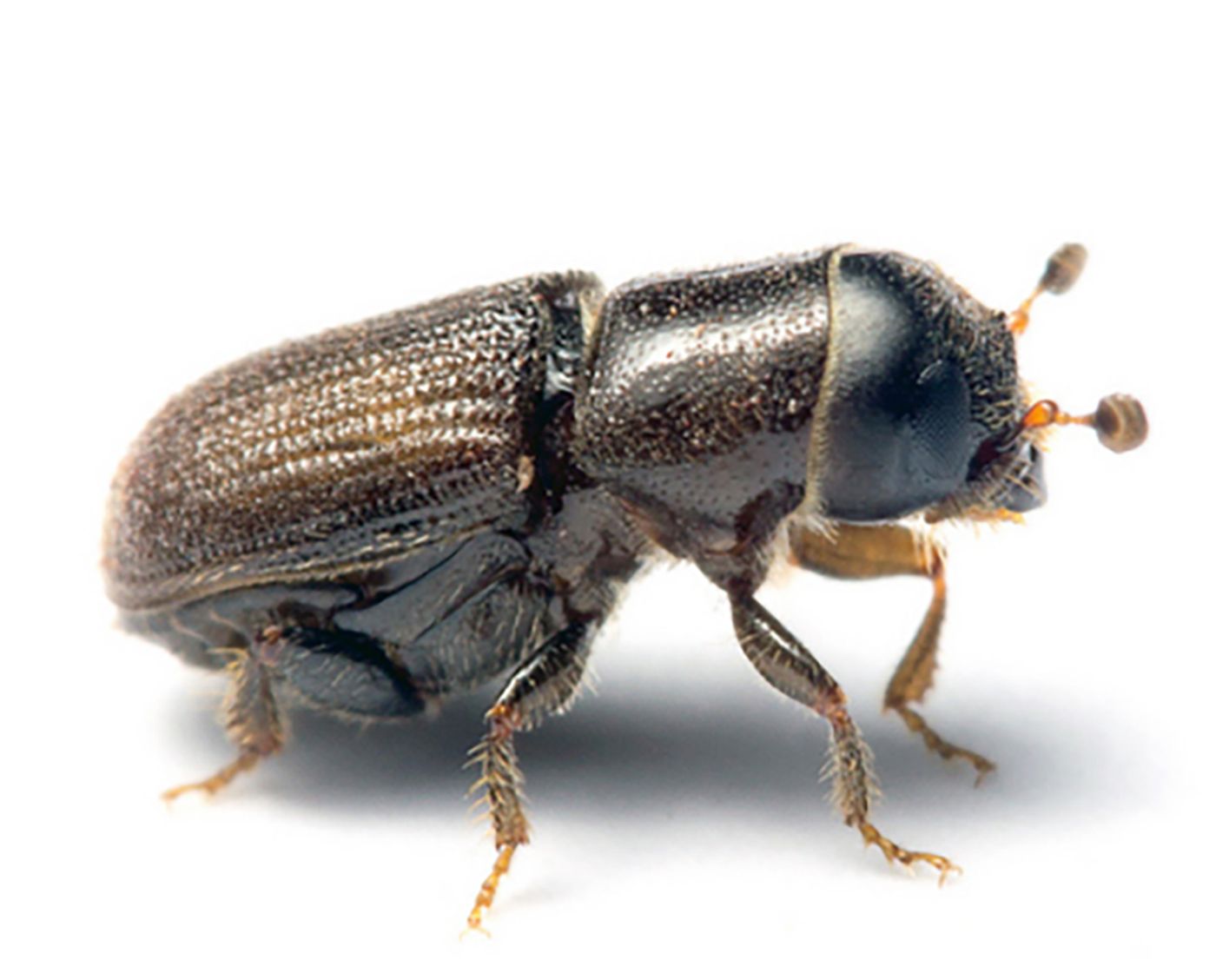Risk of Southern Pine Beetle Infestations Higher in Non-Diverse Forests
The Southern pine beetle wreaks all sorts of havoc on forests predominantly comprised of pine trees. On the other hand, significant tree species diversity can allegedly make forests less vulnerable to the pest.
Image Credit: Matt Bertone / N.C. State University
Reporting in the journal Forest Ecology and Management, a team of researchers from Dartsmouth College underscores their findings after conducting a bevy of both aerial and ground-based forest surveys.
Researchers have long thought that a forest’s susceptibility to the Southern pine beetle had much to do with its moisture levels, but this study is one of the first to suggest that a forest’s tree species composition is a more vital factor. Aside from that, a forest’s average tree size and volume may also play a role.
“The percentage of pine in a forest really matters,” said Carissa Aoki, the lead author of the study. “Our study shows that in forests with a range of pine and oak mixes, pine-dominated stands were at highest risk of infestation.”
Related: Ever wonder how beetles take advantage of surface tension?
Southern pine beetles devastate forests by gnawing through the surface bark and scavenging S-shaped tunnels through the trunk. As you can probably imagine, this eventually kills the tree.
"The Southern pine beetle is one of the most aggressive tree-killing insects in the world. Outbreaks tend to be self-sustaining because the more beetles there are, the better they succeed," added Matthew Ayres, a co-author of the study.
Related: Here's how China successfully grows forests in salty soil
Notably, the insects have a temperature range preference, and they don’t usually wander too far North because of this. Unfortunately, climate change is bringing warmer temperatures further North than ever before and exposing more Northern forests to potential infestations.
Controlling these infestation outbreaks is no walk in the park, but by learning more about the mechanisms that enable them, forest managers hope to develop more techniques for preventing the insects from spreading into more pine tree forests and causing unwanted damage.
Source: Science Daily









